An air conditioner is one of the most essential components for a comfortable road trip in your RV, especially during the warm months. However, like any appliance, RV air conditioners aren’t immune to problems. When they malfunction, it can turn your relaxing trip into a stressful ordeal.
Below, we’ve highlighted common RV air conditioner problems to avoid, along with solutions and preventative measures that will keep your cooling system running smoothly.
Little to No Power
One of the most frustrating RV issues is when the air conditioner doesn’t power on at all. This often occurs due to a lack of power or an issue with the RV’s circuit. First, check whether your RV is adequately connected to a power source. RV air conditioners typically consume a considerable amount of electricity, so verify that your power source can handle the load.
Another common cause is a tripped circuit breaker or blown fuse. Open your RV’s electrical panel and inspect the breakers. If any are tripped, reset them. If the issue persists, it could indicate a wiring problem or damaged components, which may require professional assistance.
Lack of Maintenance
Neglecting basic maintenance can cause your RV air conditioner to perform poorly or stop working altogether. Dirt accumulates in the internal components, such as the coils and filters, reducing the system’s efficiency and lifespan. Preventative measures like scheduling regular maintenance checks and cleaning are key.
Clean your RV air conditioner’s evaporator and condenser coils every six months using coil cleaner or mild soap and water. Additionally, check for loose screws or parts while performing routine maintenance, as vibrations during travel can cause components to come loose. Keeping up with maintenance can prevent costly repairs.

Dirty Air Filters
Dirty air filters are among the most common issues affecting RV air conditioners to avoid. Air filters prevent dust, pollen, and debris from entering the unit. Over time, these contaminants build up and block airflow. A clogged filter forces the air conditioner to work harder than necessary, leading to inefficiency and potential overheating.
Cleaning or replacing your unit’s air filters solves this problem, and luckily, many RV air conditioners have washable filters. Take the filter out, rinse it under running water, and allow it to dry completely before putting it back.
If your unit uses disposable filters, replace them with new ones every one to three months, depending on usage frequency. Make it a habit to inspect the air filters regularly, especially before long trips, replacing them as necessary.
Low Refrigerant
Without refrigerant, no air-conditioning system would function properly. After all, if the refrigerant level dips too low, the cooling efficiency of your RV air conditioner will decrease. Low refrigerant levels typically occur due to leaks in the system, which can be tricky to detect without the proper tools. Signs of low refrigerant include the unit blowing warm air despite being set to cooling mode, frost forming on the evaporator coil, or unusually loud hissing noises.
If you suspect a refrigerant issue, consult a professional HVAC technician and have them handle this one. They can locate the leak, repair it, and safely recharge the system with refrigerant. No matter how you go about it, addressing refrigerant problems promptly will prevent further damage to your air-conditioning unit.
Blocked Vents
Blocked air vents disrupt the airflow of your RV’s air conditioner, causing uneven cooling and straining the system. This is especially common when RV owners accidentally place luggage or other items in front of floor or ceiling vents.
To avoid this issue, check all vents regularly and clear them of obstructions. Placing furniture, rugs, and other items inside your RV away from these vents will maintain good airflow. To further improve circulation, consider using vent extenders or fans to direct air into specific areas.
Overuse
While it may be tempting to run your RV air conditioner continuously during hot days, overusing the unit can lead to excessive wear and tear. RV air conditioners are designed to operate for set intervals, and extended periods of operation without breaks can overheat the system, resulting in component failure.
Use your air conditioner efficiently. Set the thermostat to a comfortable but moderate temperature (e.g., 75 to 78 degrees Fahrenheit) rather than the lowest setting. On particularly hot days, use window blinds or reflective shades to reduce heat inside your RV.
You can also use portable fans in conjunction with the air conditioner for better circulation. Giving your unit periodic breaks and adopting energy-efficient practices will prolong the A/C’s life and reduce the risk of breakdowns.

Improper Cycling
Improper cycling refers to your air conditioner turning on and off too frequently, which can prevent it from reaching the desired temperature and increase energy consumption. This issue is often caused by a faulty thermostat or an incorrectly placed temperature sensor.
Check the thermostat’s settings and placement. The sensor shouldn’t be exposed to direct sunlight or positioned near heat-generating appliances, as the heat can mislead the thermostat into shutting off prematurely.
If the issue persists, inspect the relay switches and wiring for potential damage. For more complex problems, seek professional assistance to diagnose the root cause and resolve the cycling issue effectively.
Faulty Capacitors
Capacitors start the compressor and fan motor of your RV air conditioner. When a capacitor fails, the air conditioner may struggle to start or fail altogether. Signs of a faulty capacitor include clicking noises when you turn the unit on, the fan failing to spin, or the compressor failing to start. You can visually inspect the capacitor for signs of damage, such as a swollen body or leaks.
Replacing a faulty capacitor typically requires basic tools and a compatible replacement part, but if you’re unfamiliar with electrical work, it’s best to hire a technician. Handling capacitors without proper precautions can result in injury. Fortunately, regular inspections and addressing issues as soon as they arise will reduce the risk of sudden failures during critical moments.


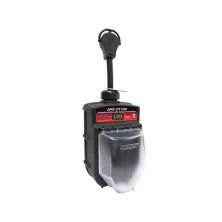
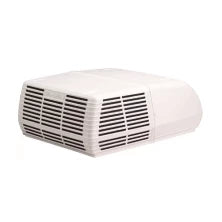
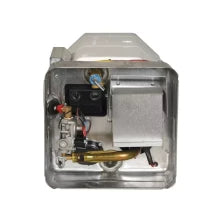
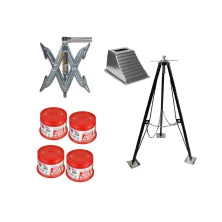
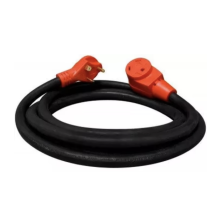
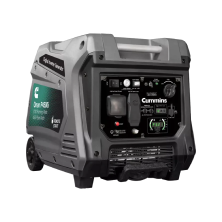

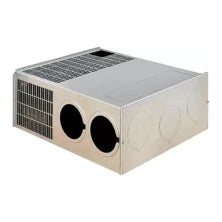
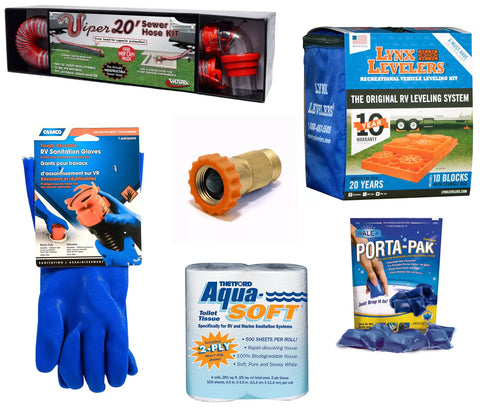
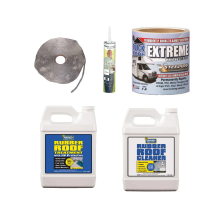
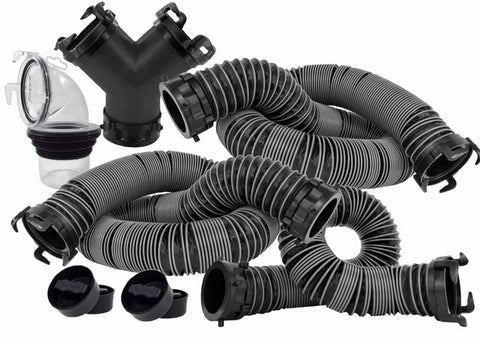

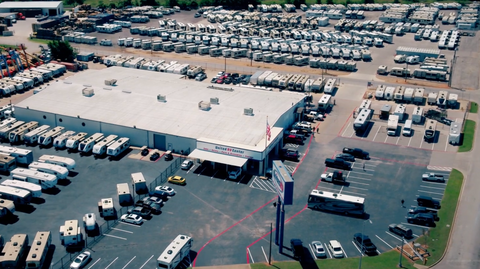
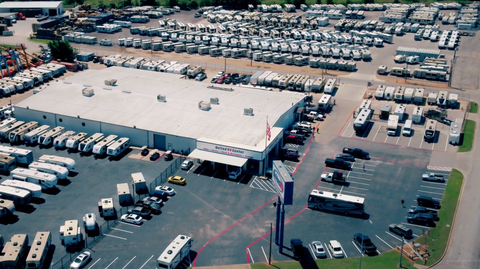
Comments (0)
There are no comments for this article. Be the first one to leave a message!